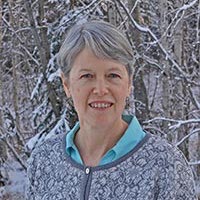Project Abstract
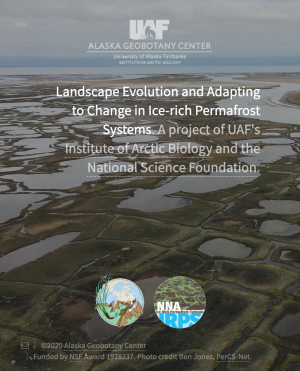 Ice-rich permafrost is ground that is frozen all year round for two or more years and contains particularly large amounts of water that will be released upon thawing. This ice is the element of Arctic landscapes most susceptible to climate warming. Nearly 50% of the Arctic has ice-rich permafrost. For example, the upper 4-5 meters of the land along Alaska's northern coast contains an estimated 77% ice. Thawing of ice-rich permafrost affects entire arctic ecosystems and makes the ground unstable to build upon. Thus, ice-rich permafrost is conceived as having a role similar to that of a 'keystone species' in ecology, whereby if the keystone element is removed or drastically reduced, the entire system is radically changed. To better understand the intricate connections between the ice-rich permafrost and the larger arctic human-ecological system, this project is exploring how differences in climate, snow, water, level of disturbance, and time influence the accumulation and loss of ground ice in permafrost landscapes and how people and their infrastructure can adapt to changing ice-rich permafrost. The goal is to understand ice-rich permafrost at local, regional, and circumpolar scales.
Ice-rich permafrost is ground that is frozen all year round for two or more years and contains particularly large amounts of water that will be released upon thawing. This ice is the element of Arctic landscapes most susceptible to climate warming. Nearly 50% of the Arctic has ice-rich permafrost. For example, the upper 4-5 meters of the land along Alaska's northern coast contains an estimated 77% ice. Thawing of ice-rich permafrost affects entire arctic ecosystems and makes the ground unstable to build upon. Thus, ice-rich permafrost is conceived as having a role similar to that of a 'keystone species' in ecology, whereby if the keystone element is removed or drastically reduced, the entire system is radically changed. To better understand the intricate connections between the ice-rich permafrost and the larger arctic human-ecological system, this project is exploring how differences in climate, snow, water, level of disturbance, and time influence the accumulation and loss of ground ice in permafrost landscapes and how people and their infrastructure can adapt to changing ice-rich permafrost. The goal is to understand ice-rich permafrost at local, regional, and circumpolar scales.
The project will focus in the Prudhoe Bay oilfield and the village of Point Lay, Alaska, where permafrost temperatures are changing rapidly and there are large impacts to ecosystems, industrial infrastructure, and local communities. Both areas contain excellent examples of ice-rich permafrost-related problems relevant to many other areas of Alaska and circumpolar Arctic, so the work will have broad applications elsewhere. Three ice-rich permafrost observatories are proposed: 1) a Roadside Ice-rich Permafrost Observatory in the Prudhoe Bay Oilfield; 2) a Natural Ice-rich Permafrost Observatory remote from infrastructure; and 3) a Village Ice-rich Permafrost Observatory at Point Lay. Ground-level observations of ground ice, hydrology, vegetation, and greenhouse-gas fluxes are being conducted and remote sensing is being used to measure and monitor changes from space. Much of the response to infrastructure damage caused by severe thermokarst (thaw-related subsidence of the ground surface) is repair and stabilization of existing structures. There is an immediate need to develop more strategic approaches to mitigate damage and adapt to change. Point Lay, Alaska, is experiencing some of the most severe ice-rich permafrost-related impacts of any place in the Arctic but has received relatively little research and agency attention. Researchers from the University of Alaska's Institute of Arctic Biology, Institute of Northern Engineering, and Geophysical Institute are working together with the Cold Climate Housing Research Center (CCHRC), the Point Lay community, the Regional Housing Authority, and North Slope Borough to address these issues. Wherever possible the team are using local experience with ice-rich permafrost to help develop housing strategies relevant to many arctic villages facing similar impacts. The project partners are working with local residents, government agencies, the oil industry, and the Alaska Department of Transportation and Public Facilities to develop best practices for road and house construction and related education materials. A post-doctoral student, a graduate student, and two undergraduate students will be part of the research team. The results will be communicated to circumpolar communities and the broader public and through the Rapid Arctic Transitions due to Infrastructure and Climate (RATIC) action group of the International Arctic Science Committee (IASC) and the Terrestrial Multidisciplinary distributed Observatories for the Study of Arctic Connections (T-MOSAiC).
Logistics Summary
This project will study the Ice-rich Permafrost (IRP) of the Prudhoe Bay oilfields and the village of Point Lay, Alaska, where permafrost temperatures are changing rapidly with large impacts to ecosystems and infrastructure. Researchers will develop three IRP observatories: 1) Roadside IRP Observatory in the Prudhoe Bay oilfield; 2) Natural IRP Observatory remote from infrastructure; and 3) Village IRP Observatory at Point Lay. In 2020, due to COVID-19, a reduced research team of 4 people will spend one week conducting field work on the Arctic Coastal Plain camping near Prudhoe Bay, AK and at various sites along the Haul Road. The field trip will familiarize a new graduate student and post-doc with field sampling methods while also collecting critical baseline datasets which will contribute to the establishment of the IRP project in 2021.
Season Field Site
2020 Alaska - Prudhoe Bay
2021 Alaska - Point Lay
2021 Alaska - Prudhoe Bay
2021 Alaska - Toolik
2022 Alaska - Point Lay
2022 Alaska - Prudhoe Bay
2022 Alaska - Toolik
2023 Alaska - Point Lay
2023 Alaska - Prudhoe Bay
2023 Alaska - Toolik
2024 Alaska - Point Lay
Keywords
Permafrost, ground ice, engineering, education, climate change, village infrastructure, housing foundations, adaptation, oilfield infrastructure, Point Lay, Alaska, Prudhoe Bay oilfield, Dalton Highway, RATIC, T-MOSAiC
Project Location
Website
Project WebsiteDates
-Location
Prudhoe Bay, AK; Point Lay, AK; Toolik, AKMembers
Principal Investigator
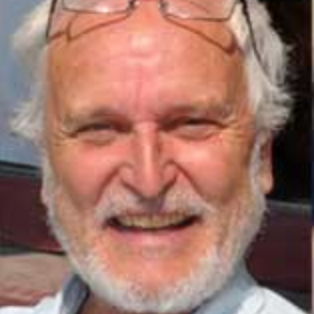
Co-Principal Investigator
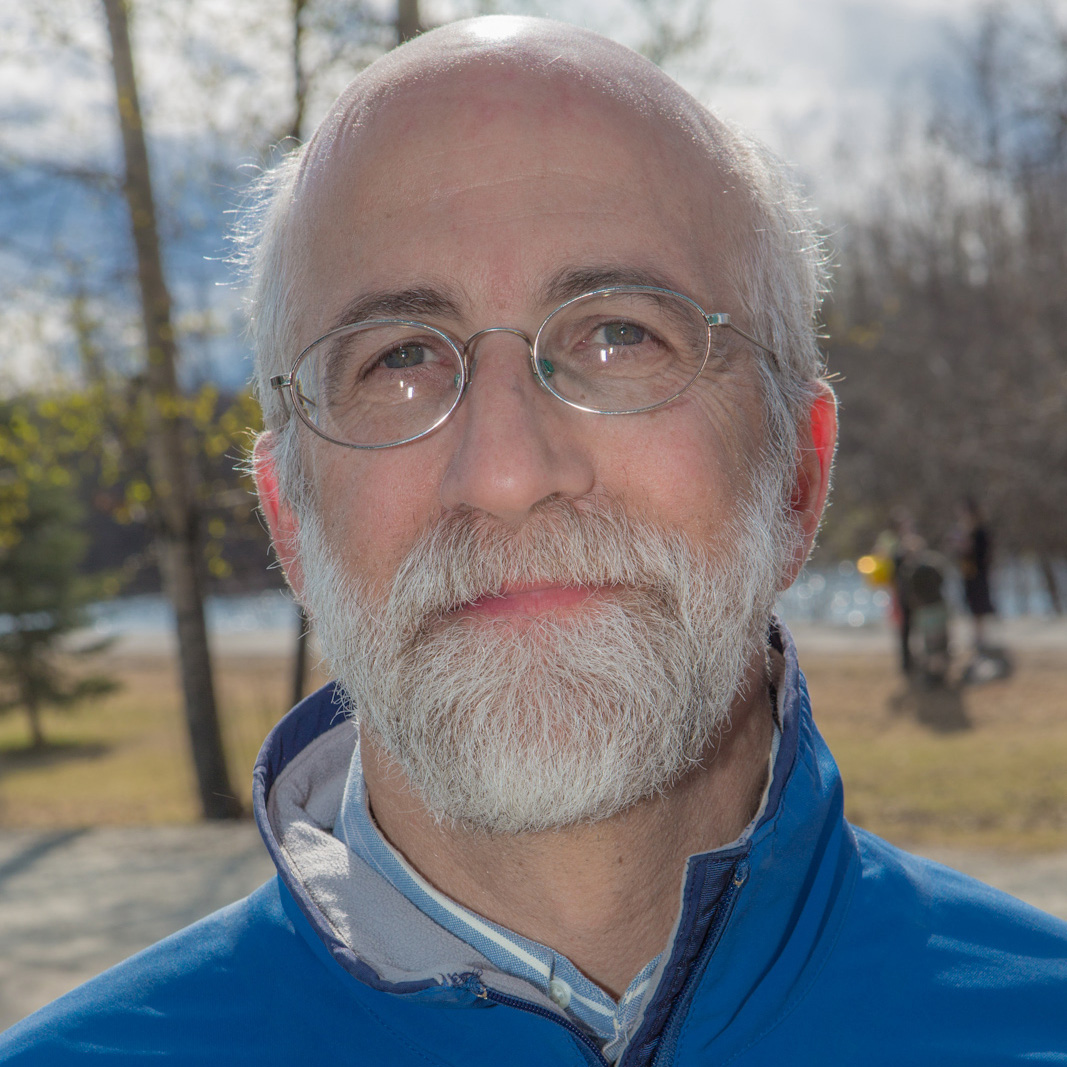
Co-Principal Investigator
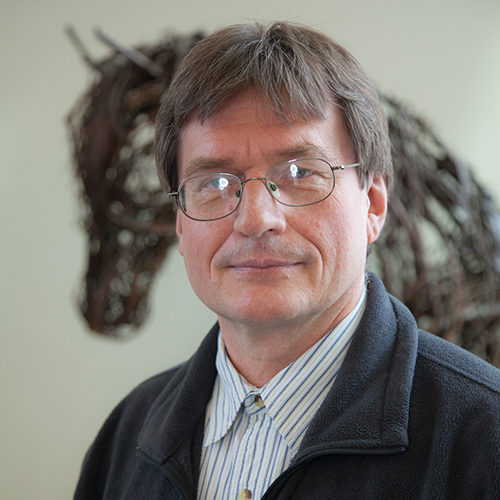
Co-Principal Investigator

Co-Principal Investigator
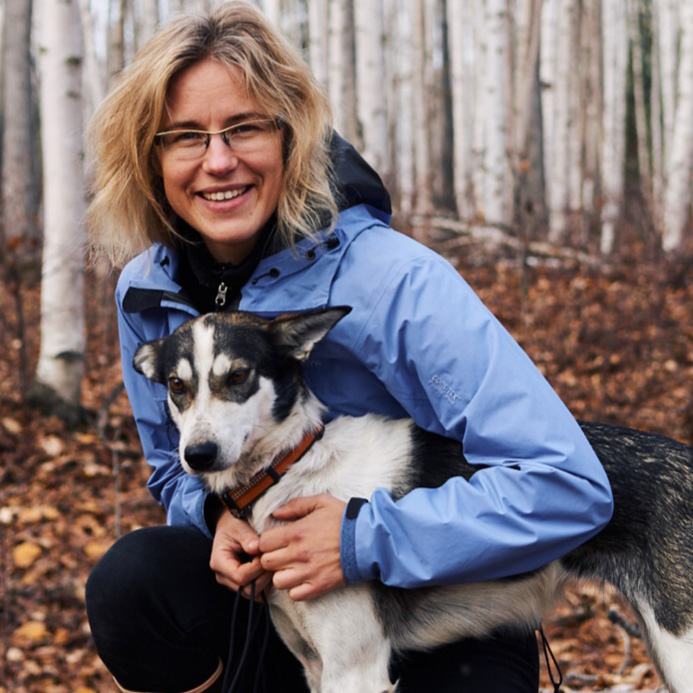
Project Coordinator
